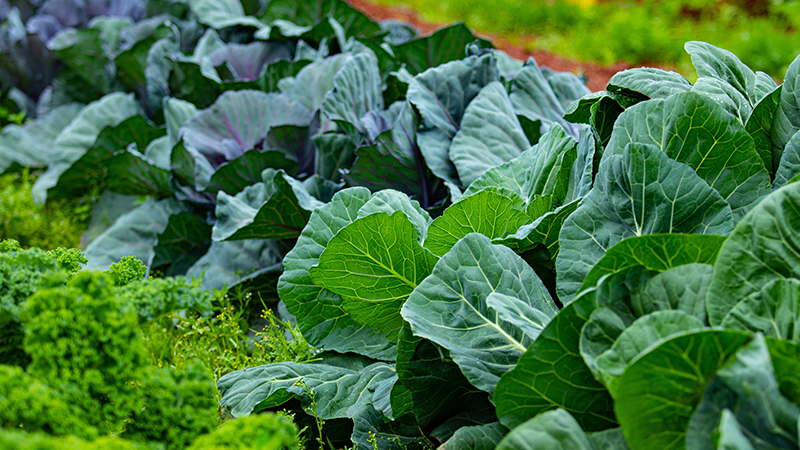How To Develop A Virus Reduction Strategy For Cucurbits
Cucurbits, which include squash, pumpkin, watermelon, cucumber, cantaloupe and others, are very susceptible to viral diseases. Infection typically impacts both foliage and fruit, and can lead to crop losses. By understanding the virus cycle, growers can increase yields and reduce losses.
According to information from Michigan State University Extension educator Ron Goldy, first, it is important to understand how plants become infected as few viruses are passed from parent to offspring in the seed. Nevertheless, viruses can be passed along from the female parent to the offspring on the outside of the seed. As a result, it is important to obtain seed from a reliable source to help minimize infections.
Viruses can also be transmitted by getting sap from infected plants onto hands and cultivating and harvesting equipment (knives) and then inadvertently carrying it to non-infected plants. To maintain overall plant health, harvesting knives should be sterilized between fields, at the end of each row, or if an infection is noted in a field. In addition, cultivating equipment should be power-washed and allowed to dry between fields.
For more information on cleanliness of harvest knives, see the Michigan State University Extension article “Can you improve the cleanliness of your harvest knives?”
The main means of virus transmission, however, is through insect vectors, primarily thrips, leafhoppers, and aphids. For more information from Michigan State University on cultural controls — such as weed removal and using resistant varieties — to reduce the incidence of transmitting viruses, click here.









